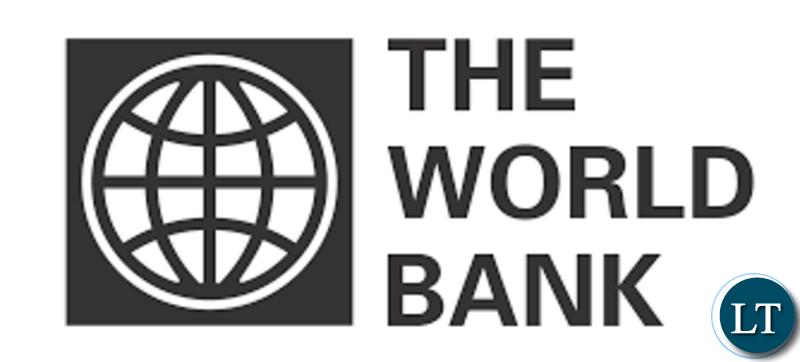Africa-Press – Zambia. The World Bank has re-classified Zambia to low-income status from lower middle income, for the 2023 financial year because of the deterioration of Gross National Income per capita estimates recorded in 2021. However, Finance and National Planning Minister Situmbeko Musokotwane has said that the Government is working to reverse the situation.
Dr Musokotwane said that Government has embarked on an economic repair, stabilisation and transformation path that will ensure the country swiftly regains lower-middle-income status at the next assessment or in the medium term.
Dr. Musokotwane said that the New Dawn Government upon assuming office in August 2021, committed to actualising the Vision of the Zambian people and has focused on stabilizing the economy.
Dr. Musokotwane said so far, the Government has managed to bring down the inflation rate, stabilised the exchange rate and controlled its domestic borrowing. This is contained in a statement issued to the media by the Ministry of Finance and National Planning.
In 2011, the World Bank reclassified Zambia as a middle-income country,along with Ghana saying that the upward adjustment in Zambia’s income growth was a result of foreign aid-driven interventions and surging prices of copper in the last few decades.
Low-income countries are those with the average gross national income (GNIs) of less than US$1, 005 per person annually. Lower-middle-income countries have per capita GNIs of between US$1,006 per year and upper-middle-income countries have per capita GNIs between US$3, 976 and US$12, 275.
At the time, in 2011, the World Bank stated that that the price of copper (Zambia’s major export) was depressed in the 80s and saw its price rise in the middle of the last decade as China and India’s economies grew and demand for copper soared.
The middle-income countries now account for most of the world’s population living in absolute poverty and they need aid allocation models which will take account of poor people and deprivation beyond income. IN 2011, there were only 35 low-income countries remaining out of the countries being assessed by the world.
For More News And Analysis About Zambia Follow Africa-Press







